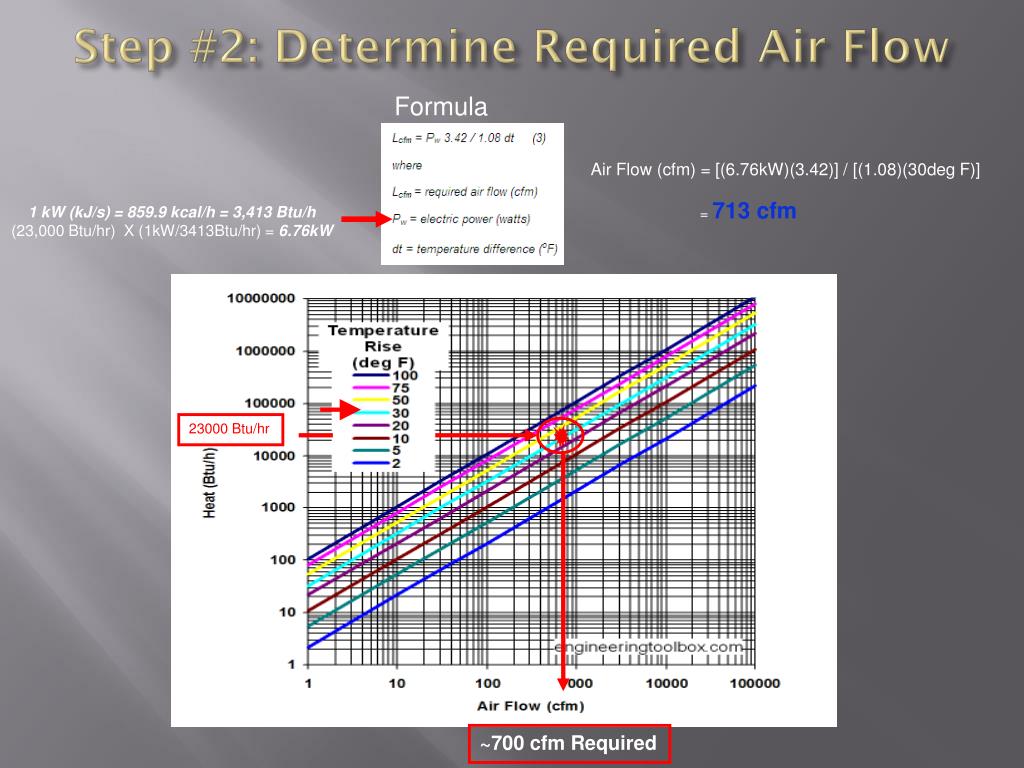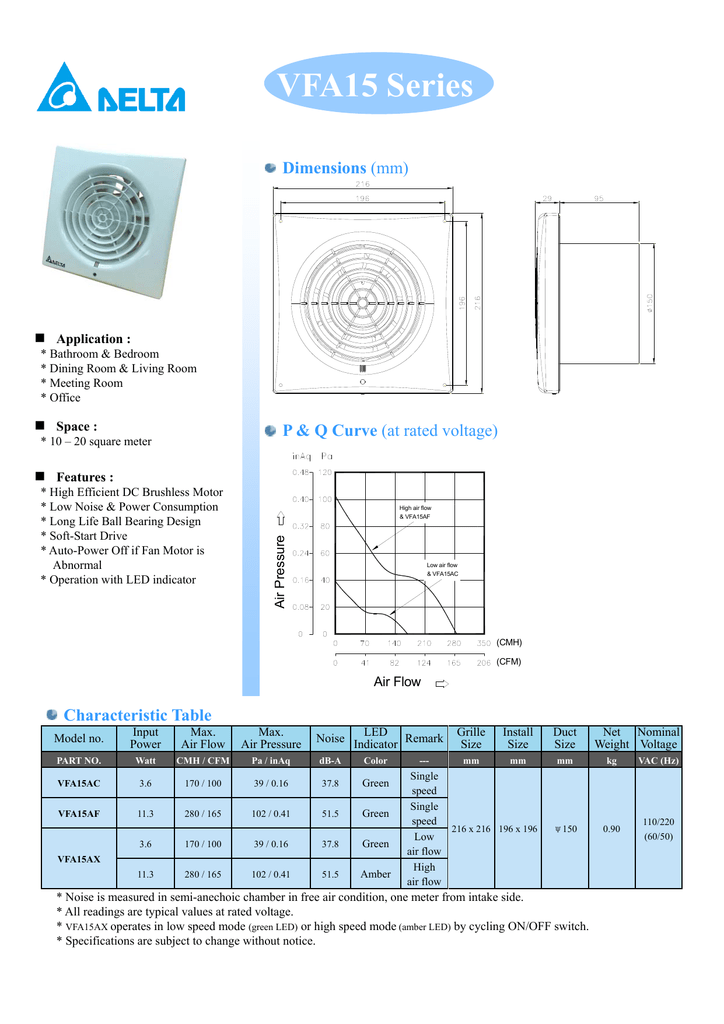

- #Sf of louver per cfm airflow calculator how to
- #Sf of louver per cfm airflow calculator code
- #Sf of louver per cfm airflow calculator download
- #Sf of louver per cfm airflow calculator free
#Sf of louver per cfm airflow calculator how to
With practice, you can build skills and knowledge for yourself on how to take accurate, repeatable supply register readings in the field that you can trust. My interest is not to create an argument but to encourage you to gain the knowledge and experience you need. YouTube videos have left many good technicians confused about how to measure supply register airflow because several key principles are missing, and the test is usually oversimplified. Let's take a look at how you can take an accurate and repeatable supply register traverse measurement. But when space is tight or a hood doesn't fit on a register, you can use a traverse technique, and an instrument called an anemometer to measure airflow.
#Sf of louver per cfm airflow calculator code
Please check with your local building code office to ensure compliance to local requirements.Ideally, you can measure supply register airflow with a balancing hood. (NOTE: Some local building codes require that 1 square foot of ventilation be provided for every 150 square feet of attic space.
#Sf of louver per cfm airflow calculator download
If your head is now spinning from the calculations, don’t worry Lomanco has the tools needed to determine the number of vents needed (no calculator required!) Use the online ventilation calculator or download the Vent Selector App and skip the math. To calculate the number of Deck-Air Vents needed, divide 500 (10 X 50) by 36 to get 13.9 vents. Because you always want your intake NFA to meet or exceed the amount of exhaust NFA, we will take the amount of exhaust provided and divide by the NFA rating of the Deck-Air. Rounding up, you would need ten (10) 750 Vents. To calculate the number of 750 vents needed, divide 480 by 50 to get 9.6 vents. For this example, let’s use the Lomanco 750 Slant Back Vent (50 square inches NFA) for the exhaust vents & the Deck-Air DA-4 (36 square inches NFA) for the intake vents. In our 2000 square feet example, we determined we needed 480 square inches for intake & 480 square inches for exhaust. The next step is to divide the NFA required by the NFA rating of the vent.
#Sf of louver per cfm airflow calculator free
Once the recommended amount of Net Free Area is known and the type of vents have been selected, you can determine how many vents you will need. Thus, 3.33 X 144 = 480 square inches of attic ventilation is required for intake and 480 square inches for exhaust. This is accomplished by taking the square feet recommended and multiplying by 144. Because vents are rated in square inches, you need to convert the square feet required to square inches. Thus, 6.66 divided by 2 = 3.33 square feet of attic ventilation for intake and 3.33 square feet of attic ventilation for exhaust. Since you want a balanced system, you divide by 2 so that half of the ventilation is intake and half is exhaust. You need 6.66 square feet of attic ventilation. Let’s go through an example… For a home with 2000 square feet of attic floor space, you’ll first divide 2000 by 300 (2000 / 300 = 6.66). This formula is traditionally used for static roof vents which are rated for Net Free Area in terms of square inches.

This means that for every 300 square feet of enclosed attic space, 1 square foot of ventilation is required – with half at the upper portion (exhaust vents) and half in the lower portion (intake vents). Most codes use the 1/300 rule for minimum residential attic ventilation recommendations. The first step in determining how many vents you need is to calculate the Net Free Area (NFA) required. Calculating the correct number of exhaust and intake vents is simple and will ensure you have an effective, balanced system. When balanced, a properly designed ventilation system will assure a continuous supply of air moves through the attic space, fighting off heat and moisture. Balance is the key to having an efficient attic ventilation system.


 0 kommentar(er)
0 kommentar(er)
